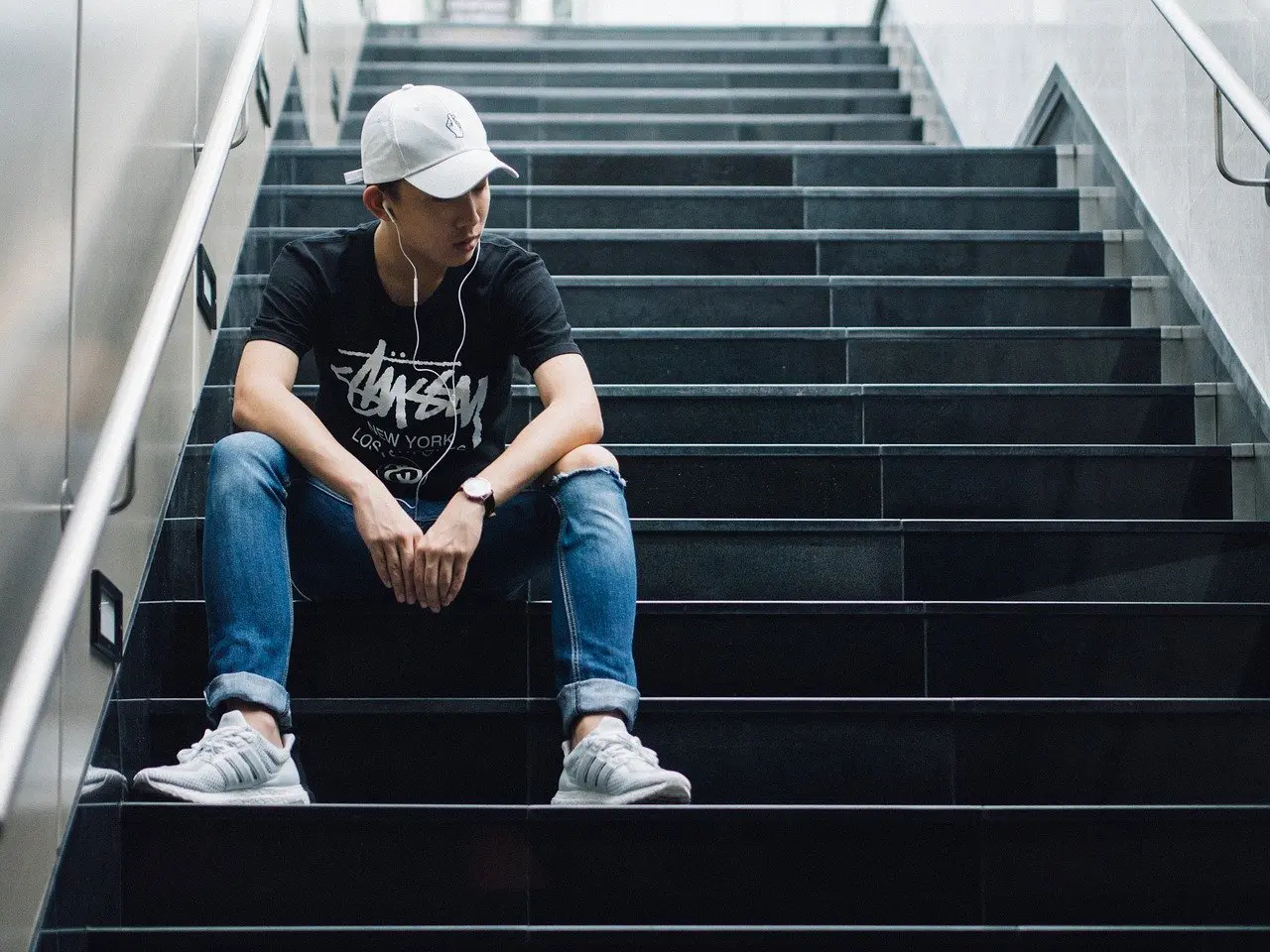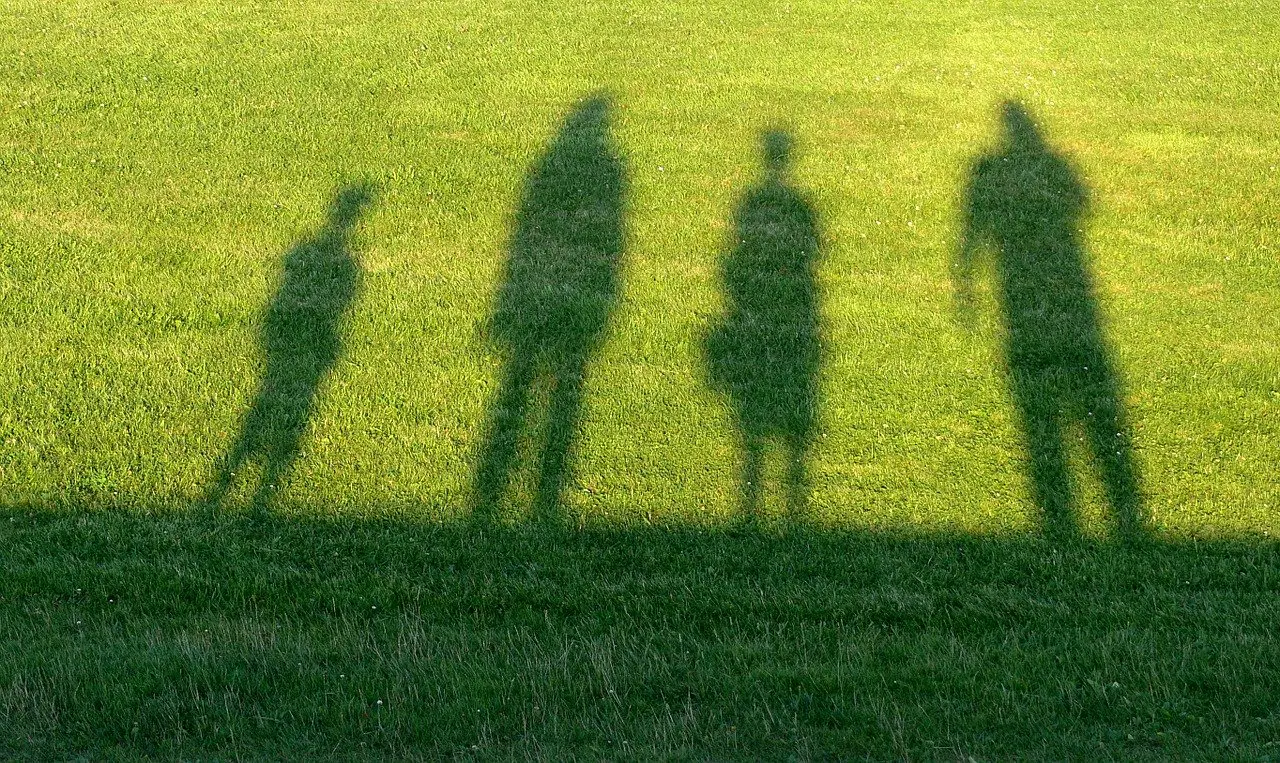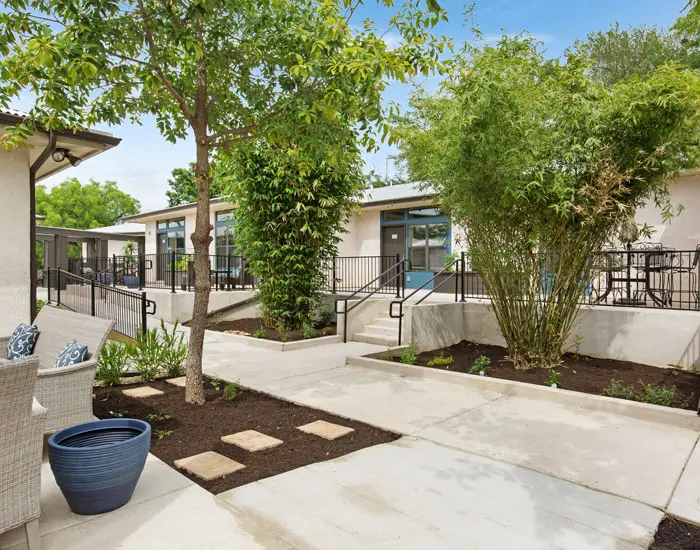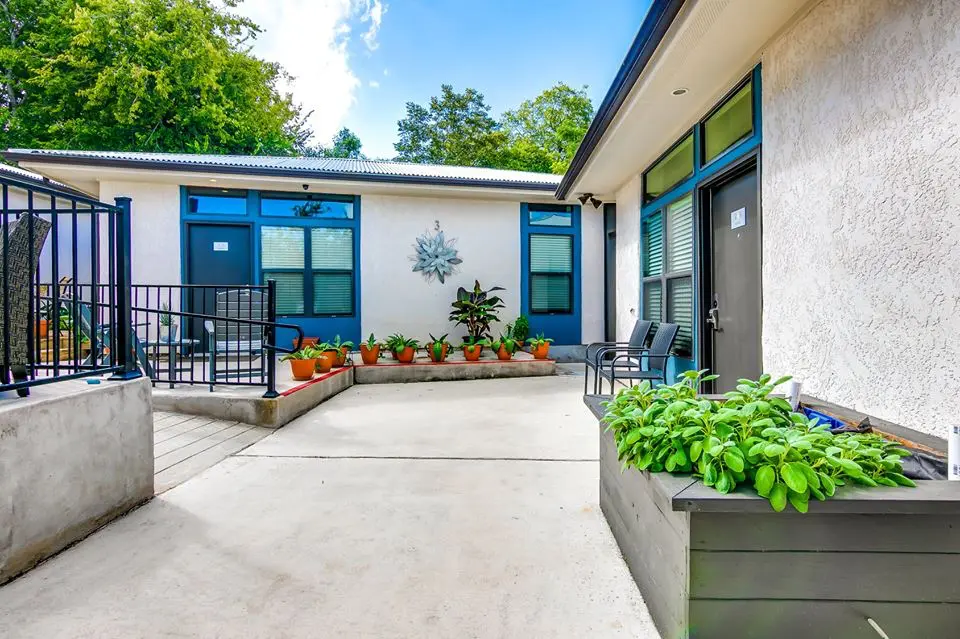
Why 12 Step Programs Don’t Work for Everyone—And What Might
Since their inception in 1939, 12-step programs have become perhaps one of the most commonly turned to methods of recovery from drug (and especially alcohol) addiction.

Since their inception in 1939, 12-step programs have become perhaps one of the most commonly turned to methods of recovery from drug (and especially alcohol) addiction.

One of the most difficult aspects of addiction and recovery is the ripple effect. From employment and personal relationships to the basics of everyday functioning, there’s no part of an individual’s life that addiction does not impact in some way.

In the media, drug rehab is all too often portrayed in a less than flattering light. It’s a phrase that tends to conjure up images of celebrities stuck in vicious cycles of checking in and out, only to check in again at another rehab center a few months later.

Through strength, endurance, balance, and flexibility, exercise helps us maintain our bodies in good working order. The benefits of exercise are well known: physical activity helps us balance our calorie intake to maintain healthy body weight, and it keeps our muscles in tip-top shape.

When you seek out drug rehab for yourself or for a loved one, there is some comfort in knowing that, whatever treatment center and program you choose, you will have professional guidance and support throughout the initial stages of recovery. But what happens when inpatient treatment ends?

With so many options for substance use rehabilitation in San Antonio, the choice may seem daunting. It’s important to consider locations and facilities, program philosophies, evidence-based therapies, and the strength of support.

Admitting that you need help is an important and brave first step for anyone struggling with addiction. The equally important next step of seeking that help out can be just as daunting, however, when you’re not sure what to expect (and when you may be imagining the worst).

When struggling with a substance use disorder, there comes a time to choose from among various treatment options, and this alone can be overwhelming. From the daily or weekly time commitment to the level and depth of support to the physical location and milieu of your recovery journey

Traditionally in the treatment industry when an individual enters treatment they will receive 30-90 days of treatment depending on the specific program they enter (30 days for residential treatment plus an additional 60 days if the program includes intensive out-patient).

Klonopin is a prescription medication that belongs to a class of drugs called benzodiazepines. Their job is to affect the chemicals in the brain that promote sleep and produce calm, peaceful feelings.